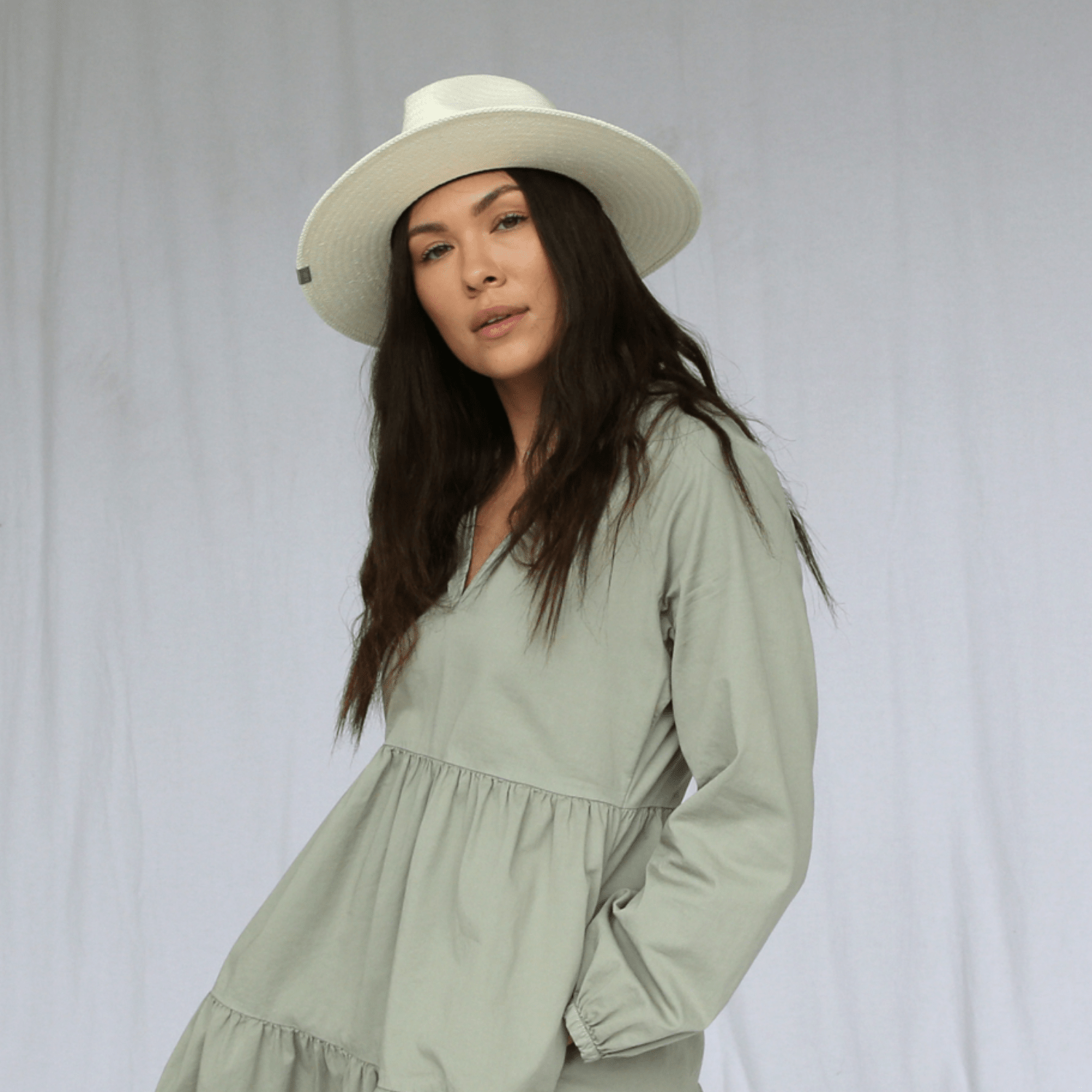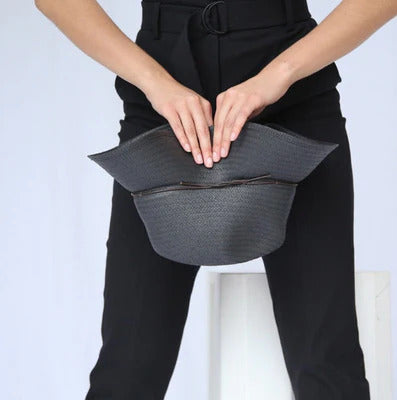
What Makes Sustainable Hats Better for People with Skin Allergies
Sustainable hats have gained popularity as more people seek eco-friendly fashion choices. These hats not only help protect the environment but also offer a perfect solution for individuals with skin allergies. When traditional materials irritate the skin, a sustainable hat can offer a comfortable and stylish alternative. Made from natural materials, these hats help reduce allergic reactions, making them a wise choice for sensitive skin.
Choosing the right hat when dealing with skin allergies is important. Traditional hats can sometimes have materials that cause discomfort or irritation. However, sustainable hats crafted with care offer gentler options for those with sensitive skin, offering both style and comfort. Understanding why these hats are better for your skin can lead to a healthier experience when enjoying your day outdoors.
Understanding Skin Allergies and Traditional Hats
Skin allergies are often triggered by the materials commonly used in traditional hats. Synthetic fibers and chemical treatments can cause reactions such as itching, redness, and rashes. For someone with sensitive skin, these reactions are not just uncomfortable but can also lead to further complications if the materials continuously irritate the skin.
Common symptoms of skin allergies can include:
- Itching
- Redness
- Rash
- Flaking
Traditional hats that are mass-produced often use dyes and finishes that include chemicals harsh on the skin. This makes it harder for the skin to breathe, trapping heat and moisture, which further exacerbates the irritation. Not all hats will cause problems, but having an awareness of what could trigger allergies is the first step in making better decisions.
To avoid these issues, many turn to sustainable hats made with natural fibers. These fibers are typically untreated or minimally processed, resulting in a soft texture that is less likely to cause irritation. Investing in a sustainable hat means you're likely getting a product that supports both environmental and personal health, eliminating the need to choose between style and comfort.
Benefits of Sustainable Hats for Sensitive Skin
Sustainable hats bring a variety of benefits, especially for those with sensitive skin. One of the main advantages is the use of natural, hypoallergenic materials that minimize the risk of irritation. Unlike traditional hats that often incorporate synthetic fabrics and harsh chemicals, sustainable options are crafted from materials that are gentle on the skin. This means you can enjoy a hat that's both comfortable and stylish without worrying about discomfort.
These hats also limit exposure to harmful chemicals and toxins. Traditional manufacturing processes frequently involve treating fabrics with dyes and finishes that are tough on sensitive skin. Sustainable hats often skip these steps, offering a purer product that won't trigger allergies. This natural approach ensures that your skin stays healthy and clear, providing peace of mind every time you wear one.
Another bonus of sustainable hats is their breathability. Natural fibers like cotton or hemp allow air to circulate more freely, reducing heat buildup and moisture retention. This breathability ensures that the hat remains comfortable during wear, preventing the conditions that often result in irritation or flare-ups.
Materials Commonly Used in Sustainable Hats
When looking into sustainable hats, you'll find several natural materials commonly used because of their soft, skin-friendly properties. Here's a look at a few:
- Organic Cotton: Known for its softness and durability, organic cotton is free from harsh pesticides and chemicals. It's a popular choice for those seeking a gentle and comfortable fit.
- Hemp: This robust material becomes softer with each wash and is prized for its breathability and antibacterial properties, perfect for those with sensitive skin.
- Straw: Lightweight and airy, straw hats are ideal for sunny days, offering a natural shield against harmful UV rays without compromising comfort.
These materials are not only better for your skin but are also better for the planet. By choosing hats made from these fibers, you're supporting sustainable farming practices and reducing your carbon footprint.
Choosing the Right Sustainable Hat for Your Needs
Finding the right sustainable hat involves considering several factors to ensure it meets your needs. Here's what to look for:
1. Material: Focus on natural fibers that are gentle on the skin. Avoiding synthetic blends will reduce the risk of allergic reactions.
2. Fit: An adjustable hat is ideal, offering a secure fit without squeezing or pinching, which could lead to irritation.
3. Design: Choose a style that complements your lifestyle. Whether you need something for outdoor activities or casual wear, there's a sustainable option to match.
Testing its hypoallergenic nature at home can be simple. Wear the hat for a short period to see if your skin reacts. Pay attention to any signs of discomfort, and if it feels good, you've likely found a keeper.
Embrace a More Comfortable and Eco-Friendly Hat Choice
Switching to sustainable hats is a beneficial choice for both your skin and the environment. Investing in these hats means you're opting for materials that nurture your health while making a positive impact on the planet. They accommodate sensitive skin with ease, offering a perfect fusion of function and fashion.
By making a conscious decision to wear sustainable hats, you embrace a lifestyle that prioritizes both personal comfort and ecological responsibility. Enjoy the comfort of knowing that your choice supports a healthier world for everyone, providing you with style that feels good inside and out.
Switching to sustainable hats is a smart move for anyone dealing with skin sensitivities. They provide all-day comfort and support eco-friendly practices. Discover the diverse range of sustainable hats at KIN THE LABEL and find the perfect match for your style and environmental values.




